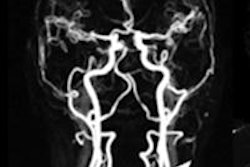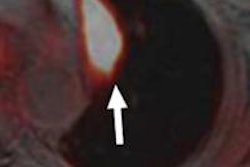Dear MRI Insider,
We've all heard stories about the young, fit athlete who dies unexpectedly and with no warning signs of cardiac issues. Right away we wonder about the cause and why an abnormality was not detected to prevent the tragedy.
This issue of the Insider features a review of MRI and other imaging methods to determine whether they are effective screening tools for asymptomatic athletes. You may very well be surprised to read the authors' conclusion on whether several different modalities can predict sudden cardiac death.
Also in this edition, associate editor Kate Madden Yee reports from the American Society of Clinical Oncology's Breast Cancer Symposium in San Francisco on two noteworthy studies, both from the University of Aachen in Germany.
One group found that breast MRI with mammography or ultrasound can help avoid biopsies of suspicious lesions that would otherwise turn out to be false positives. Breast MRI significantly increased the positive predictive value for several abnormalities.
In addition, a streamlined protocol for breast MRI could make the modality a viable option for breast cancer screening by cutting image acquisition and reading time to just three minutes.
In other news, whole-body MRI can detect vascular changes in patients with diabetes that can signal an increased risk of heart attack and stroke. The study from Ludwig Maximilians University found that patients with detectable vascular changes faced a 20% chance of a major adverse cardiac and/or cerebrovascular event in three years. The risk increased to 35% at six years.
Finally, simultaneous PET/MRI performed better than PET and MRI separately for the detection of FDG-avid pulmonary nodules and lesions at least 0.5 cm in size in a study from NYU Langone Medical Center. However, PET/MRI struggled with non-FDG-avid nodules and smaller lesions.
Stay in touch with the MRI Digital Community on a daily basis to get the latest news and novel research from around the world.



.fFmgij6Hin.png?auto=compress%2Cformat&fit=crop&h=100&q=70&w=100)




.fFmgij6Hin.png?auto=compress%2Cformat&fit=crop&h=167&q=70&w=250)











